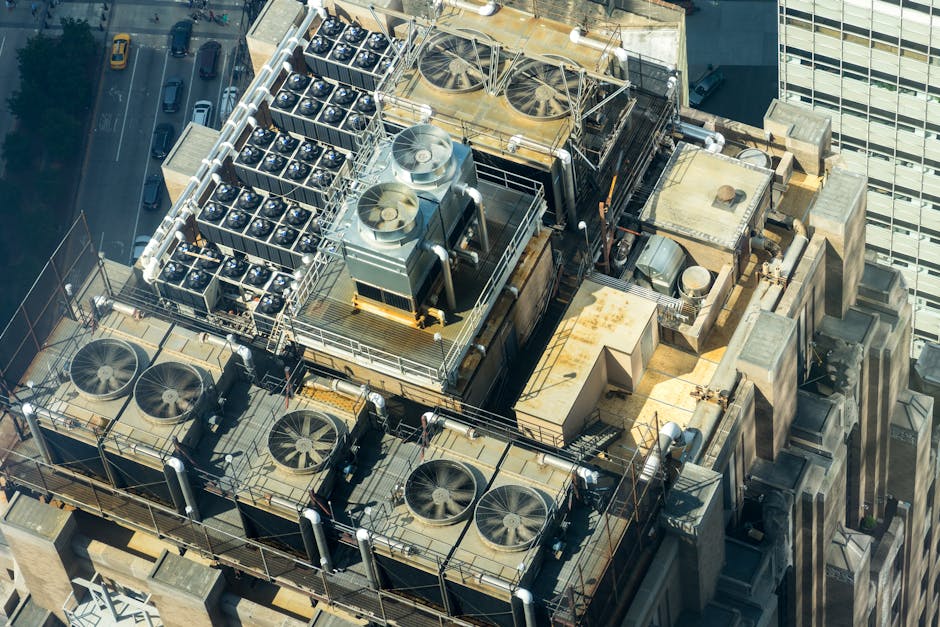The single-stage option has the simplest form
of technology, is the lowest in price but the lowest in value. While they are UL Listed and safe to put in
any home, lower-end models have more vulnerabilities than higher-end equipment. Almost every part of these single-stage systems
can be repaired with universal parts. Meaning you don’t necessarily have to go
through the distributor to get the replacement part. Single-stage motors, compressors, control
boards, pressure switches, and gas valves are everywhere and readily available. Very likely even on your technician’s van
right now. Two-stage systems have better technology. They run more efficiently and control the
temperature in your house without fluctuating as much. The main feature of a two-stage system is
that they all typically run at around 70% capacity in the first stage and 100% capacity
in the second stage. These systems will run the majority of the
time in the first stage, which is where you start seeing the money savings. Two-stage systems are great for two-story
homes that have two thermostats or zoning. These systems can be set up to run in the
first stage when only one floor is calling for air.
The second stage will only come on when both
zones are calling for air. This is how I have it set up in my house. When it comes to salespeople pitching you
systems, a lot of them will say, “oh, but our system is an 18 SEER, not 16 or 17 like
the other brand.” I tell my customers not to get too caught
up in SEER ratings and focus on the technology. Any two-stage system is going to outperform
a single-stage system. And when youre comparing two-stage systems,
the minuscule savings you’ll receive by going with an 18 SEER two-stage over a 17
SEER two-stage is trivial. No matter what brand system you buy, two-stage
motors and compressors needing repair will have to be ordered from the warehouse near
your town that distributes them. There aren’t a lot of universal parts available
for two-stage systems. Capacitors, contactors, and some other parts
are universal. But with higher-end equipment, you see safety
components like special pressure switches to protect the furnace or air conditioner
from damaging itself. These parts have to come from their factory. With Trane, Carrier, Lennox all the way “down
to” Goodman and York, I’ve never had a hard time getting these replacement parts.
And I can’t say I have seen any price difference
in the cost of these parts from brand to brand. At the most, we’ve had to wait for 5 to
10 business days for a part to come directly from the manufacturer. There are always exceptions to this, but,
honestly, it would be the same for any brand. Remember how two-stage systems have a 70%
and 100% capacity? Variable speed systems can adjust their capacity
levels from about 25% to 100% in 1% intervals at a time. They maintain even lower temperature swings
in the house.

These systems can keep your home to within
a half degree of the temperature you want it. These are the quietest systems too. Because they typically run at a slower speed,
they require less energy and create less noise with less vibration. There are a variety of SEER ratings when it
comes to variable speed systems. Once again, I would encourage you to focus
on the technology and not the SEER ratings claiming high numbers. Systems you install today will always be way
more efficient than those of 20 years ago. All of these variable speed systems have WiFi
capabilities, are communicating systems, and ultra-quiet. When it comes time to repairing these variable
speed systems, only their proprietary parts will work. With such intricate technology comes priciness
and a higher learning curve for who can actually make the repair for you. Trane, Lennox, Carrier, and other brands with
variable speed lines will usually only make these parts available to respected dealers
of those brands.
The skill it takes to handle inverter-type
systems is next level..
